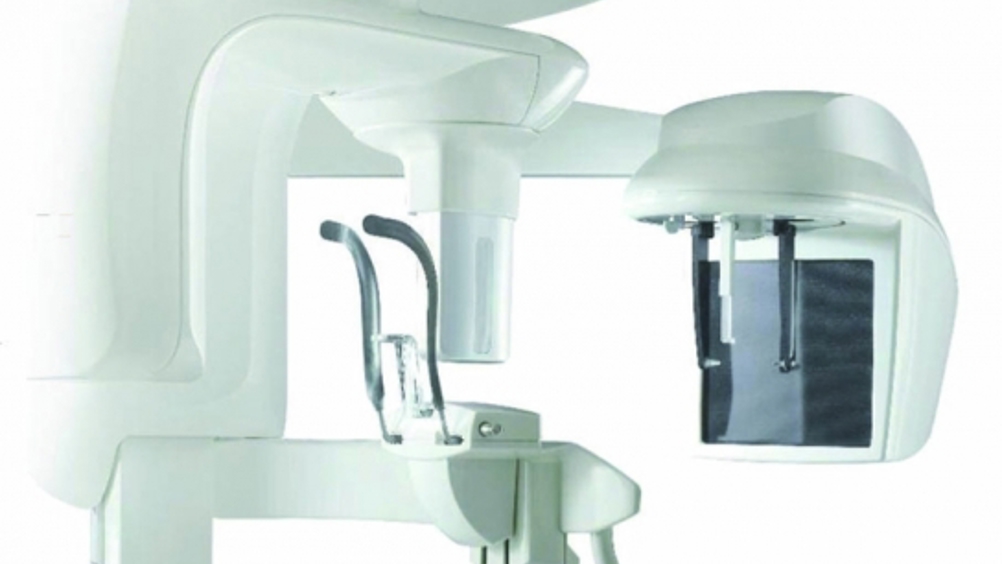Clearing the confusion

Colin Campbell advocates the use of cone beam computed tomography.
As an implant surgeon I use a considerable amount of CBCT within my field of expertise. My practice uses CBCT in the majority of cases for implant planning and increasingly for other disciplines such as endodontics, orthodontics, oral surgery, implant surgery and periodontics. The practice also takes referrals from the local hospital, which doesn’t have a CBCT machine for its maxillofacial unit and orthodontics.
Cone beam computer tomography (CBCT) is an X-ray modality, a radiography examination for patients which provides a considerable amount of detail as well as significant advantages over traditional two dimensional methods. I have used the CS 9000 3D system from Carestream Dental for the last three years.
Cone beam CT is a radiography modality that was specifically designed for examination of the head and neck area. It differs from medical grade CT in two main ways. First, patients are seated or standing when it is taken (similar to a digital panoramic radiograph) as opposed to lying down; and second, CBCT has a dramatically reduced dose.
Register now to continue reading
WHAT’S INCLUDED
-
Unlimited access to the latest news, articles and video content
-
Monthly email newsletter
-
Podcasts and members benefits, coming soon!
